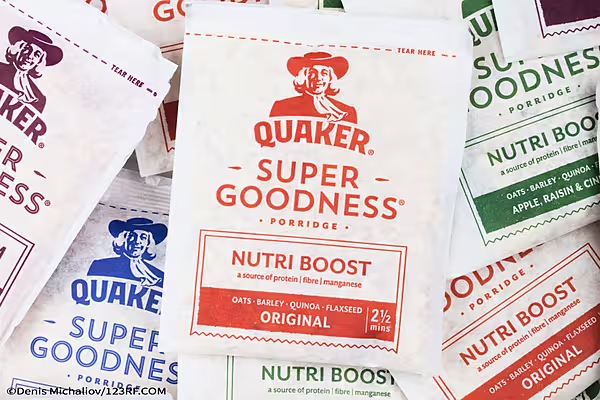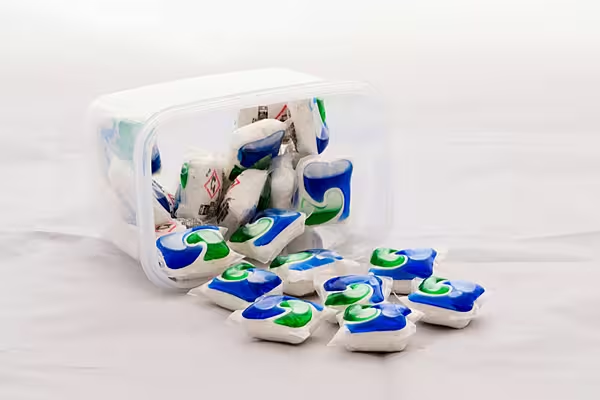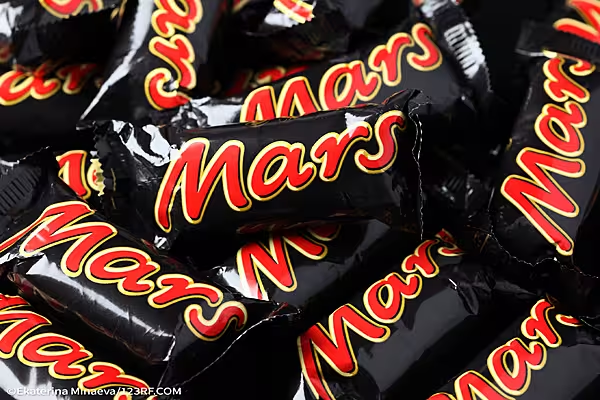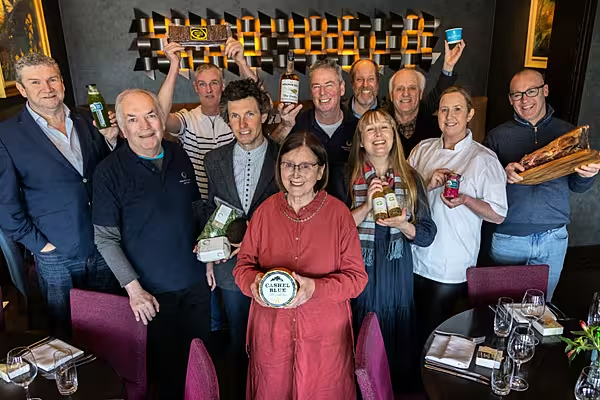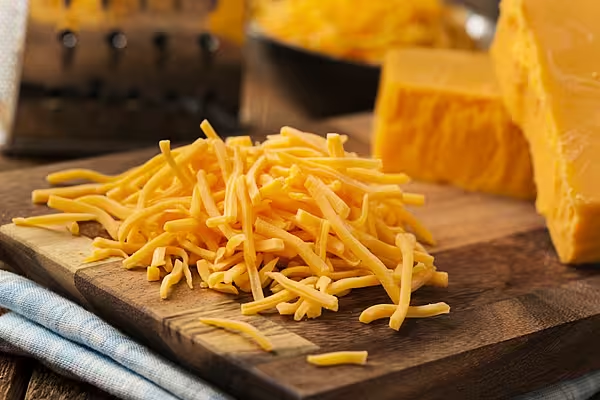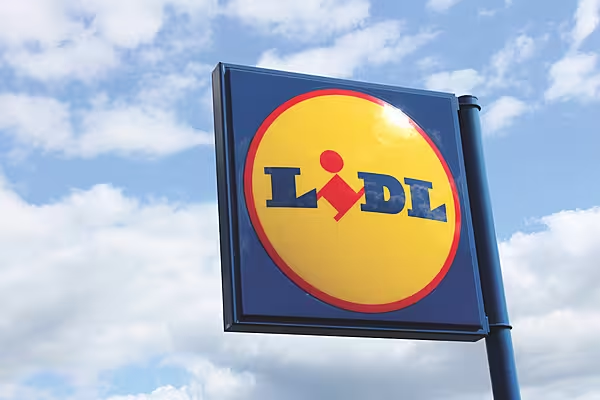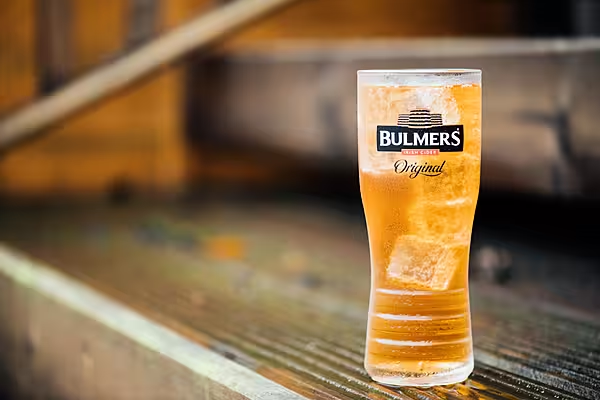At Nestlé's $50 million research centre outside Cleveland, food technicians and packaging experts set out three years ago to remake its frozen food lineup and appeal more to busy, health-conscious adults in their 20s and 30s.
Nestlé may have gotten the menu right, but its timing was off. When young consumers came back to the frozen food aisle last year, the company's supply chain wasn't ready. The result: It lost market share to rivals.
'Sudden, Significant'
Jeff Hamilton, who heads Nestlé's U.S. food business, said in an interview the company did not have the manufacturing capacity ready to meet extra demand for its Stouffer's Fit Kitchen and Lean Cuisine meals. He described it as "sudden, significant and beyond our expectations."
To catch up, Nestlé recently increased capacity at several of its U.S. factories, including making adjustments to its plants and adding a new line in its factory in Jonesboro, Arkansas, Hamilton said.
"That doesn't mean we're not close to the edge, but I think we're one step ahead from where we were," he said.
Investors have long pressed Nestlé to improve the performance of its frozen food business, leading the company to bring consultants, focus groups and international chefs to its Ohio research facility to help overhaul its menu. Today, the lineup includes items such as Coconut Chickpea Curry and Sweet Earth Veggie Lover's pizza, advertised as organic or high in vitamin C.
Much of its effort revolved around a pitch to millennials, the young adult demographic that executives believed would purchase frozen meals if they were offered healthier, more modern choices at the right price point.
So when demand began rising a year ago, it should have offered Nestlé a chance to quickly quiet critics. Instead, it marked a missed opportunity.
After several flat years, frozen food sales in the United States rose 1.4 percent in the last year, according to Nielsen, the market research firm. Young adults helped drive the surge. In 2017, millennial homes spent 9 percent more than average households per trip on frozen foods.
Yet since September, retailers have sold fewer Nestlé frozen entrees than during the same period the prior year, hitting a low point in January when Nestlé volumes were about 5 percent down from last year, according to Bernstein analysts who reviewed data from Nielsen.
Competitors filled the gap. Frozen entree sales rose for both Conagra Brands Inc and Pinnacle Foods Inc, two key rivals, according to the data. Conagra’s volumes were up about 10 percent in March, compared with a year ago.
Nestlé's retail sales have started to pick up, but are still well below last year’s levels, Bernstein said.
Inexpensive And Easy
Frozen food is a relatively small part of Nestlé's sprawling portfolio, which also includes Nescafe instant coffee and Pure Life bottled water. It is one of the reasons some investors have called on it to sell the business, saying it would free the Swiss company to focus on more important or higher-growth businesses.
"Nestlé will never be able to convince me that management attention on a business like frozen is the same as what they're giving to high-growth businesses," said one Nestlé investor, who declined to be named.
Frozen meals and pizza accounted for 14 percent of Nestlé USA's $27 billion sales in 2016, or around 4 percent of the company's global sales of about $89.35 billion. More recent figures were not available.
Instead of divesting the business, Nestlé joined other food makers in revamping its product line to win over a new generation of consumers. Frozen food aisles, once dominated by frozen pepperoni pizzas and meat lasagna, now feature meals with trendy ingredients such as cauliflower and quinoa.
The newer entrees cater to a wider variety of cultures and dietary requirements, including people who eat gluten-free, organic or want antibiotic-free meat. They also offer a relatively inexpensive meal choice for younger, cash-strapped shoppers.
Symptomatic
"Something as simple as buying frozen food is really just symptomatic of the trends we're seeing at large," said Allie Aguilera, Policy and Government Affairs Manager at Young Invincibles, a Washington D.C.-based advocacy group.
"When you're seeing $400 dollars come out of each paycheck to pay a student loan, that's certainly going to impact your ability to go grocery shopping in a way that people more traditionally used to."
Rachel McCarthy, a 26-year-old translator based in Austin, Texas, is among those sought-after millennials turning to frozen meals. Over the past year, she has started buying more Nestlé Lean Cuisine entrees, in part because of tight finances.
"They're inexpensive and require no prep," McCarthy wrote in a Twitter message. "I make $30,000 a year and have lots of student debt that I'm trying to pay off while also trying to afford to live in Austin where rent prices are rising."
To ensure it can also cater to wealthier millennials, willing to pay more for higher-end ingredients, Nestlé plans to roll out its frozen bowl brand Wildscape to 3,000 stores around the country in the coming weeks. The bowls have taken over a year to develop using millennial focus groups.
Thomas Russo, whose firm Gardner Russo & Gardner has a stake worth more than $1 billion, said he was confident that the company would deliver on the frozen food business, despite the recent supply chain issues.
But, he added: "It's conceivable that they've taken their eye off the ball temporarily."
News by Reuters, edited by Donna Ahern. Click subscribe to sign up for the Checkout print edition.

